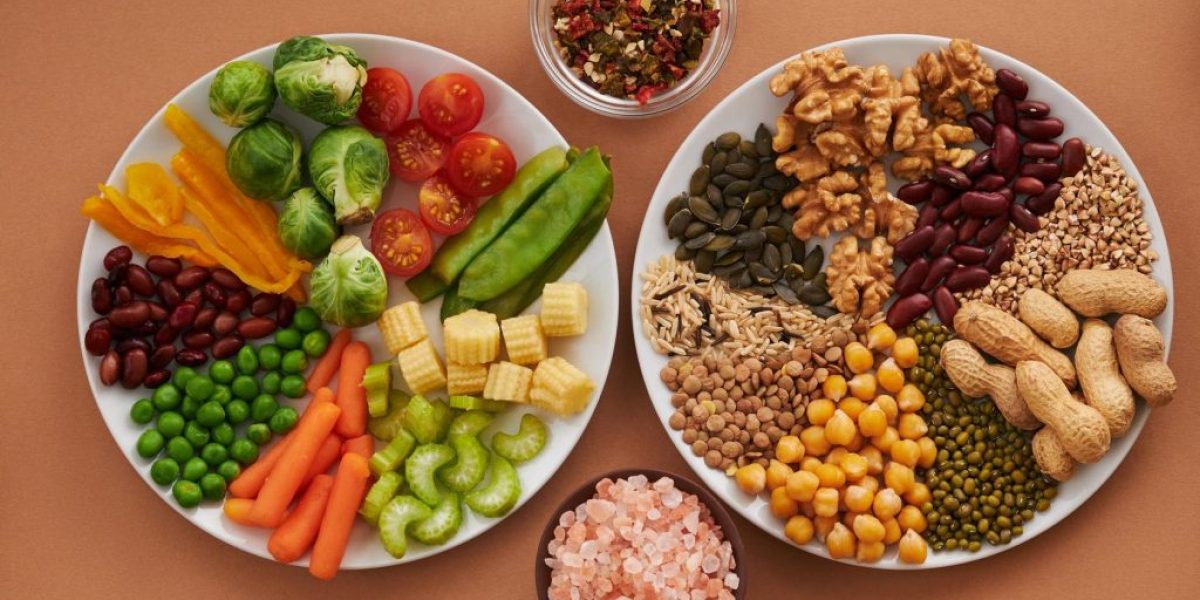The Blue Zone Diet: The Key To Reaching Triple Digits
By now, we should’ve all accepted the fact that there is no magical pill or diet that is going to keep our bodies looking and feeling like they were when we were 21. Still, the studies have shown that some diets are certainly more forgiving to the body than others and some are going as far as to say that there is a correlation between certain regional diets and longer and longer, healthier lives. One of the more highly-regarded examples of these; the Blue Zone diet (also known as the Okinawa diet), a food regimen identified by National Geographic’s Dan Buettner and outlined in his The Blue Zones book series.
Buettner developed the Blue Zone theory after researching trends in life longevity and found that five different cities around the world; Ikaria, Greece; Okinawa, Japan; Sardinia, Italy; Loma Linda, California, USA; and Nicoya Peninsula, Costa Rica; all adopted similar food consumption patterns and were seeing an abnormally large amount of centurions (people who live to see the big 100). What does the Blue Zone diet actually consist of? To be honest, there are very few surprises, as it mostly encapsulates what we’ve been told about what to eat and what not to eat for decades (for example, processed foods = bad, fresh fruits and vegetables = good).
Buettner identified five pillars of the diet that are prominently incorporated in all five of the Blue Zone areas; whole grains, greens, tuberous (sweet potatoes or potatoes), nuts and beans, the latter of which Buettner refers to as the ‘cornerstone’ of the Blue Zone diet. The framework doesn’t require you to do away completely with meat, but it does encourage a primarily plant-based approach and specifically ‘processed meats’ like hot dogs, canned beef and things of this nature are a big red flag.
It also won’t come as a shock to learn that high sugar intake does not lend itself to extra years of good health and is therefore not a part of the Blue Zone diet, nor does excessive alcohol consumption, which is capped at no more than 1-2 vessels a day. Also, no more than three eggs a week are recommended (a huge blow to brunch-goers everywhere) and sheep or goat’s milk is generally preferred to cow’s milk.
In terms diet behaviours, Buettner suggests that people moderate their eating levels by aiming eat until they’re roughly 80% full (meaning if you’re absolutely full after a meal, you’ve probably eaten a smidge too much) and eating one’s smallest meal in the evening. However, Buettner warns that the diet itself is only effective when it is accompanied with a healthy and active social life and an engaged, motivated mind.

